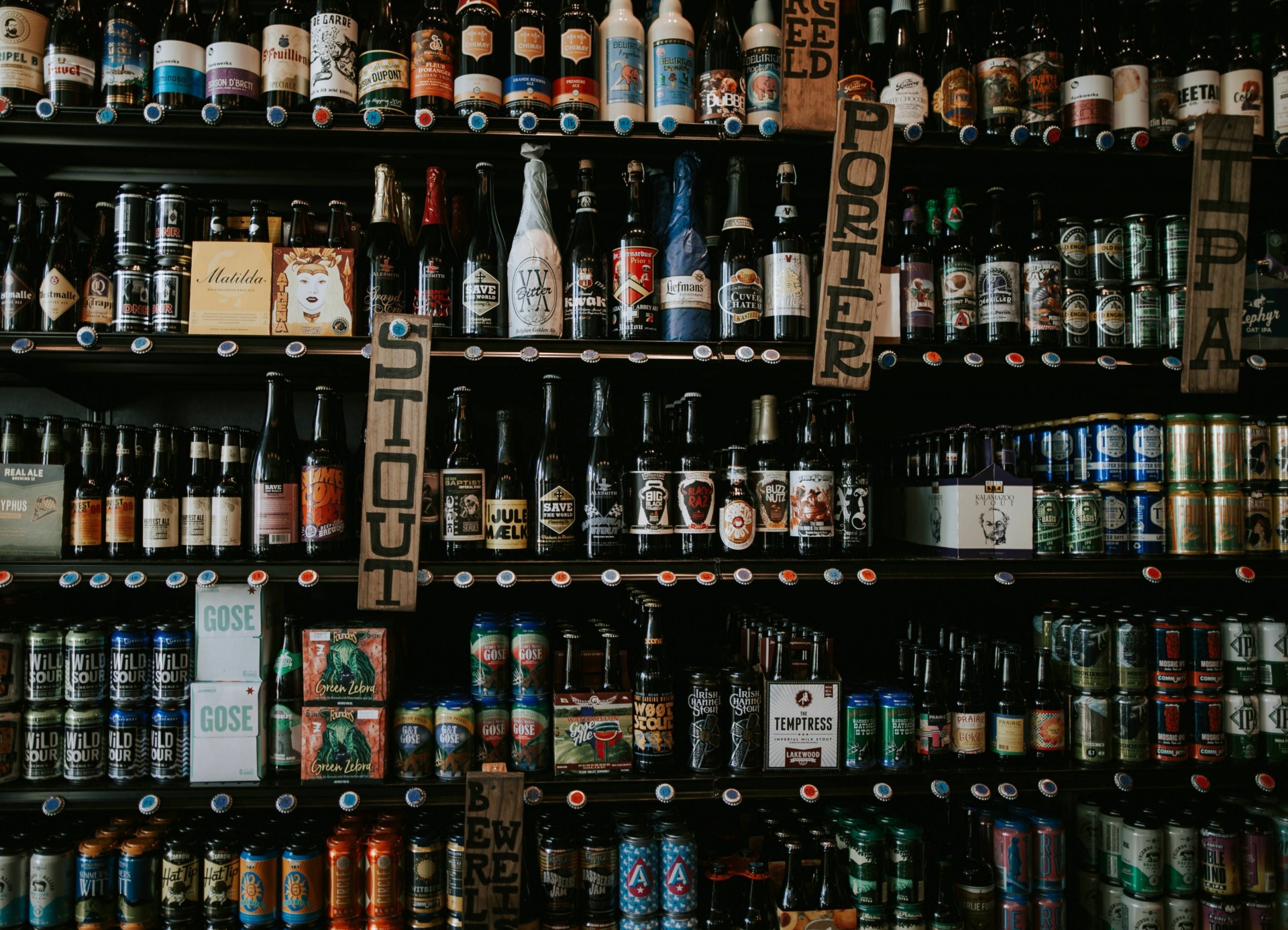If you love herbs and spicy foods, or beer for that matter, you’ve most likely encountered beta-caryophyllene (BCP). BCP is a common terpene that’s found in hops and is responsible for the spicy, zesty flavors of black pepper, rosemary, oregano and many other herbs. (Not sure what terpenes are? Read more about them here.) There’s BCP in many plants around the world, including cannabis. This little-known terpene plays a key role in activating the many therapeutic properties of cannabis. This is thanks to its own potent healing power and its unique ability to activate the endocannabinoid receptor CB2.
Marijuana Terpenes: The Hidden Healers
Much of the research on the health benefits of cannabis has focused on cannabinoids, especially delta-9 tetrahydrocannabinol (THC) and cannabidiol (CBD). These compounds are abundant in varying amounts in different cannabis strains. Most people are talking about cannabinoids when they espouse the known psychoactive and therapeutic effects of cannabis. But alongside these and other compounds, marijuana also contains more than 200 terpenes—oils produced by the plant’s resin glands. Terpenes are responsible for the wide variety of flavors and scents of the many cannabis strains.
RELATED: WHAT ARE TERPENES AND WHAT IS THEIR EFFECT?
But terpenes also do much more. Recent research on marijuana terpenes reveals that these oils have anti-inflammatory, antifungal and antioxidant properties all on their own. Terpenes can also be used alone to treat a range of health problems such as:
- Depression
- Anxiety
- Infection
- Digestive issues
- Cancer
The terpenes in marijuana modulate the effects of THC, CBD and other cannabis compounds to increase their potency. Terpenes also support the other compounds’ ability to bind with the body’s own system of natural cannabinoid receptors.
Because the compounds and terpenes in cannabis are so similar to these natural cannabinoids, they can trigger the same responses in the endocannabinoid system. This explains why cannabis can be effective for treating such a wide range of very different health conditions.
Beta-Caryophyllene: the Dietary Cannabinoid With Healing Properties
BCP is the first-known “dietary cannabinoid.” It has this nickname because it appears naturally in so many herbs and spices. This is also why the Food and Drug Administration awarded it GRAS (Generally Recognized as Safe) status for use as a food.
Cannabis compounds like CBD and THC typically bind directly to both cannabinoid receptors to a greater or lesser extent. A number of secondary terpenes and cannabis compounds act indirectly by boosting their activity. But like THC and CBD, BCP is able to bind directly to endocannabinoid receptors themselves, specifically to CB2 receptors, which occurs in large numbers in the organs and peripheral tissues.
Both the CB1 and CB2 receptors have important roles to play in keeping the body healthy. When activated, CB1, the receptor that’s activated by the psychoactive THC, triggers responses that affect things like:
- Mood
- Concentration
- Perceptions of pain
- Neural responses
But the CB2 receptor is found in high concentrations in organs and tissues, which means that it can affect the health of cells, nerves and tissues by:
- Reducing inflammation
- Lessening oxidation
- Encouraging immune responses
And because CB2 is also found in the brain, activating it with natural endocannabinoids or cannabinoids and terpenes from cannabis can also:
- Reduce anxiety
- Ease depression
- Help with drug- and alcohol-related cravings
The ability of BCP to bind directly with the CB2 receptor means that this terpene can help:
- Reduce pain
- Ease the symptoms of inflammation-related conditions such as osteoarthritis, colitis, atherosclerosis and diabetes
- Protect brain cells in Alzheimer’s disease and stroke sufferers
- Suppress tumor growth and boost the effectiveness of some chemotherapy medications
- Support healthy skin cells
How to Consume Beta-Caryophyllene Through Cannabis
Each cannabis strain has a unique terpene profile, and some have more BCP than others. Popular strains that contain significant amounts of this terpene include:
BCP has a lower boiling point than other cannabinoids do, so researchers recommend consuming it in ways other than smoking—and if vaping, pay close attention to the temperature whenever possible.
Because BCP is classified as a food-grade product, it’s perfect to choose a high-BCP cannabis strain if you’re making marijuana edibles. It’s also easy to purchase BCP as an extract, which you can add directly to foods, consume as a dietary supplement, or mix with carrier oils to make creams and ointments. BCP is also often already found in topical products such as salves, creams and ointments for smoothing the skin and reducing the appearance of blemishes and scars.
BCP adds peppery flavor and a woody aroma to spices like caraway and cloves and several strains of cannabis. Widely available and safe to use in many ways, this dietary cannabinoid has a unique way of affecting the endocannabinoid system that can result in a long list of powerful benefits.
Photo credit: Christin Hume
If you’re new to cannabis and want to learn more, take a look at our Cannabis 101 post. HelloMD can help you get your medical marijuana recommendation; it’s easy, private and 100% online.






